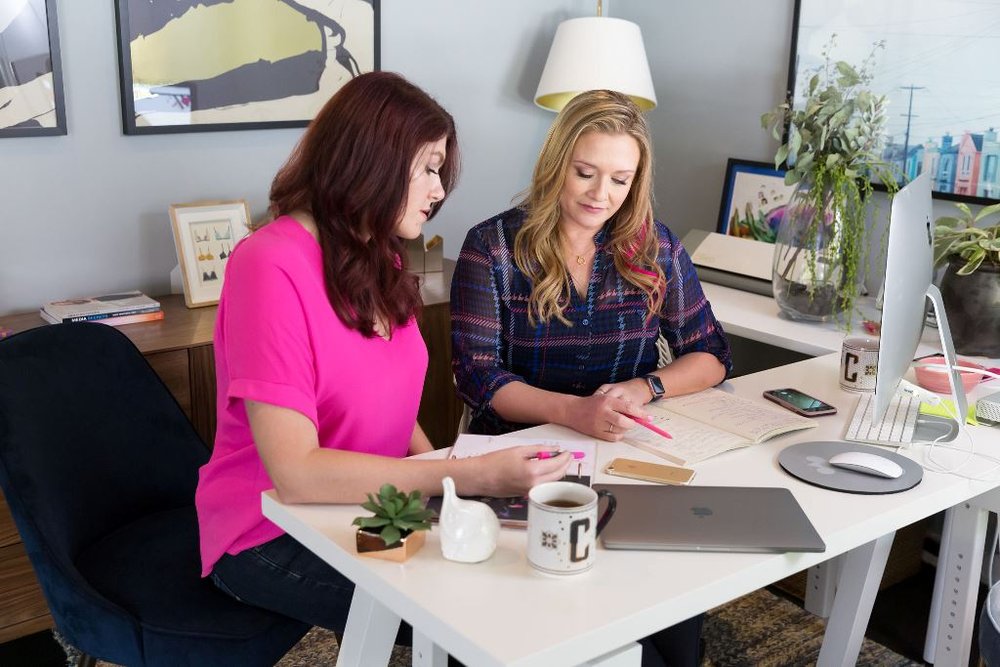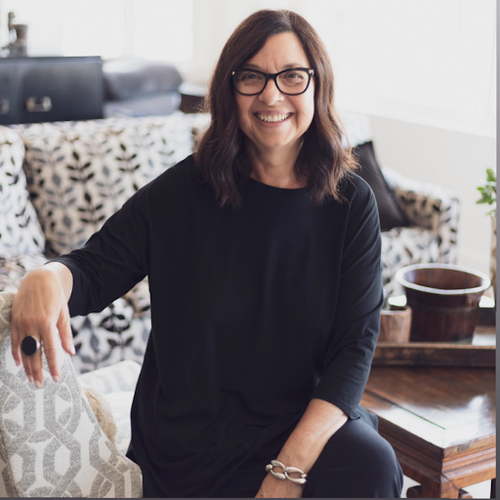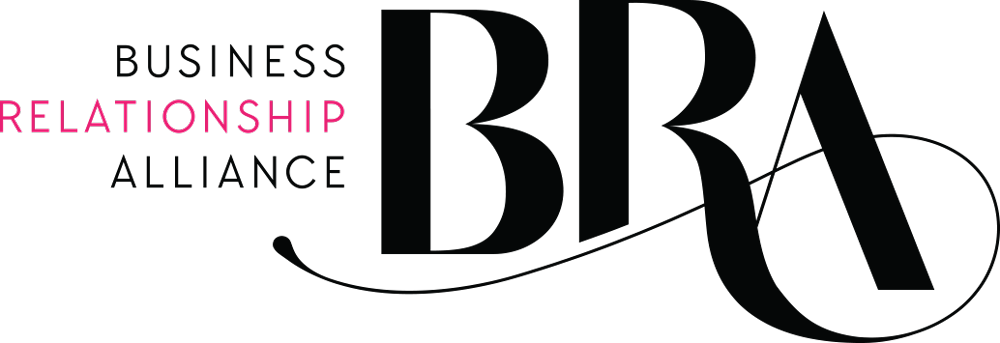
Many things came into sharp focus during the pandemic, but in business and the workforce, few things were as prominently discussed as productivity. Productivity has been a buzz word for much of the last decade, but that’s been especially true since the world locked down and everything about the way we conducted business shifted.
Productivity took center stage for corporations and entrepreneurs alike. While corporations struggled to redefine themselves as entities capable of conducting business at the same level while their workforce stayed home, entrepreneurs with small businesses (who may have always worked from home) pivoted, changed up their offerings, and had to learn to carve out time for their businesses while homes — in many cases — became busier, nosier, and more populated during working hours.
Being productive in a work-from-home setting can be a challenge, regardless of whether you work for a company or if you’re the head of your own.
When you work in an office, you establish a rhythm and feel accountable to the others who work there, within the hierarchy. But, when you start to work from home (as an entrepreneur or not), there’s no one else there to hold you accountable — it’s just you. It’s a big transition and process that can be really challenging for some.
Some of us are easily distractable. Curiosity can turn into a distractive habit. It’s not a destructive habit, but it is distracting. Scrolling is a combination of curiosity and avoidance. It’s a destructive habit. Cleaning or going to the kitchen become welcome distractions from work and they can come early and often in our attempts to be productive. (Gail is a self-proclaimed procrasti-cleaner.)
But there are more factors than just the environmental ones that keep us from being productive. Sometimes we avoid big projects or say we hate them (like accounting or marketing or whatever it is for each individual), because we’re actually a little afraid and intimidated by them. We give them a bad name and put them off because we recognize they’re important and they might not be our favorite thing to do or what we’re best at.
And, although many people recognize the intrinsic (if not external) reward for getting a job done feels great, the process of getting to that point often seems overwhelming and far off. But we actually get more dopamine from the process of getting something done than we do at the end.
Which is something Gail Baral sees time and time again with her clients when they work with her and The Productivity Space. Using the Pomodoro Method, Gail and her team help people get things done one 25-minute work sprint at a time. (Sessions are structured to contain two 25-minute work sprints separated by a 5-minute break.) Gail says she sees the payoff throughout the process all the time. “People are giddy and excited at the end of their allocated, dedicated time.”
Gail founded The Productivity Space when she started noticing that being productive could get toxic for people. “If they’re not being productive, it can create anxiety. There’s a hustle and grind to be productive, to be successful. I wanted to communicate to people that productivity can be positive. You can take the time to be intentional and set boundaries for yourself. Mindful productivity is not about being in a hustle or grind. You can be mindful, productive, and successful and live a healthy life.”

The Productivity Space is built on principles that help people build productive habits in a physically, mentally, and emotionally way.
The language we, as a society, sometimes use around productivity can also be unhealthy. We say we need to “knock it out” or “attack my to-do list”. But Gail says that’s language that shows we’re not in alignment with the work that we’re doing. “It’s so focused on the outcome and not on the process or the planning.”
Gail’s work at The Productivity Space has people working to become more mindful. Stop, breathe, notice which habits are empowering you and which ones are not.
That’s not to say that creating new habits will always come easily for everyone.
The word structure can be uncomfortable for some people, but structure can help you anticipate outcomes and it can help save time and energy.
Systems save you time when you develop a way of doing things. They also save you brain power which is important when it comes to productivity so you have enough energy to get through the day.
Gail talks about how most of her wardrobe is comprised of black articles of clothing. This is something she started years ago because she was noticing that just figuring out what to wear that day was making her run late for work and exhausting her before her day was even truly underway. Now everything in her closet goes together and it’s much more of a no-brainer to get dressed each day.
Decision fatigue can sap our ability to even start our day. When we have decision fatigue, we are more likely to make bad decisions because we’re already stressed and tired. Eliminating some of the categories where you experience decision fatigue can help you keep enough gas in your tank for the things that will be really important later.
Another helpful tool for productivity is body doubling. It’s a tool, Gail says, that has been used successfully with people diagnosed with ADHD, but that can be used by anyone to increase productivity. When you have someone right next to you doing the same kind of work, it helps you keep your body still in the work, too.
Body doubling is one of the things that led Gail to developing The Productivity Space. She realized she loved having people sitting with her while she worked and started inviting friends over to cowork. Then at the height of COVID when Zoom took center stage, she started The Productivity Space so that we could gather a group of people to work, sitting together, from home.

Gail’s Top Tips for Productivity
1. Each day spend 5-10 minutes getting a bird’s eye view of what needs to be done.
Be intentional about it. When you look at what you need to do, be really specific. Don’t just write “work on my memoir” because that’s so vague. Even writing “outline my memoir” can be too vague. What does that look like? You might not know how to outline a memoir, so you might need to research outlines for memoirs first before you can dive in. But if you spend your time researching outlines for memoirs instead of writing, you’ll sit there thinking that you got off track and didn’t get anything done, when that’s not true. Start from the biggest picture perspective, then break it down into projects, then into what steps you need to do to get it done, then what steps you can do in two 25-minute work sprints.
(PRO TIP: Some people struggle with the timed aspect of the Pomodoro Method and wind up just watching the clock. With the Productivity Space, there’s someone else minding the time so that you’re not focused on the clock. This way you are at peak concentration flow throughout the 25-minute sprint, then you take a break for 5 minutes, then do another 25-minute sprint, jumping right back into peak concentration. If you’re going to do sprints on your own, find a way that works for you to not focus on the time ticking by and instead on the tasks at hand, like setting a timer that’s in another room.)
2. Once you have your bird’s eye view list of all things that you want to get done, identify the top three things you want to get done today.
For each of these three things, pick one step you can accomplish today. Gail likes to choose the most important thing each day and tell herself that she won’t end the day without getting that thing done. Then your priorities are already laid out for you. In addition, Gail will identify five other things that she would like to get done, but aren’t at the top of the priority list. That way she has more lined up in case she has the time.
3. Plan your breaks, not just your productivity time.
It helps to take it off your mind so that you can completely focus during your 25-minute work sprints, instead of thinking about what you’ll do over the 5-minute break.
4. Find a way to hold yourself accountable for the time you set for productivity.
Simply scheduling productivity time may work for some people, but it often isn’t enough to hold someone accountable. One of the reasons people show up and get work done at The Productivity Space is that they’ve paid for their time there and know that others are showing up to work through the session, too, so they hold themselves accountable.
Enjoyed this blog post? Check out 5 Reasons to Join a Networking Group For Female Entrepreneurs next!

